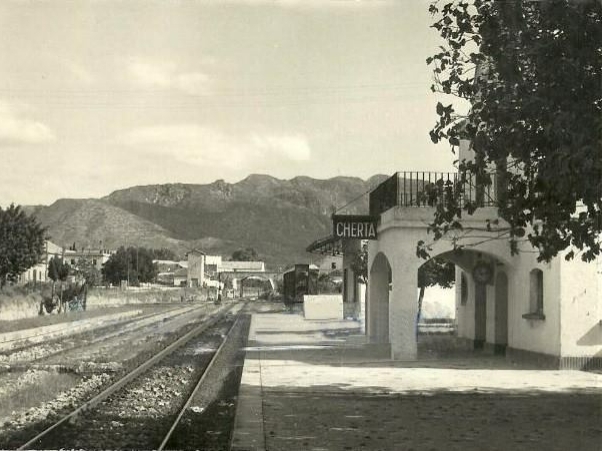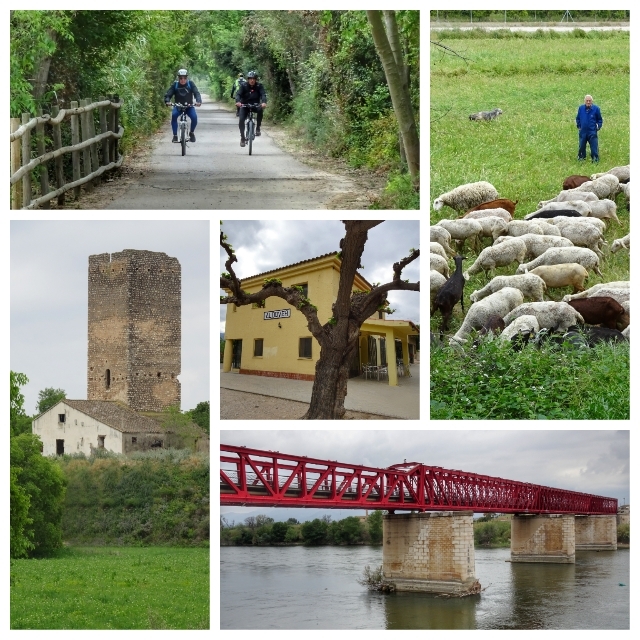Deltebre
10 – 12 April 2019
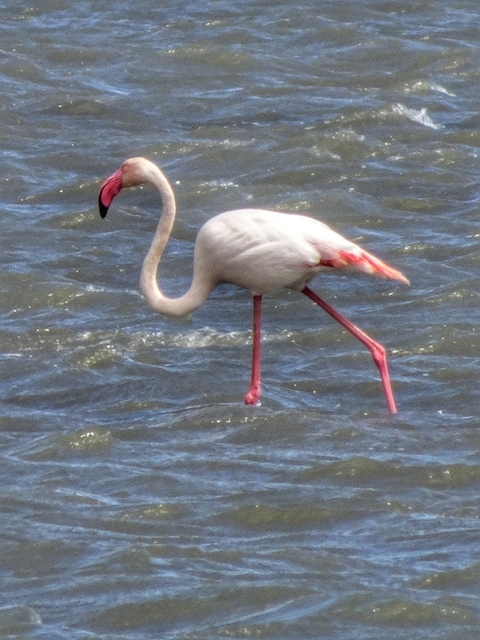
Click here for our Ebro Delta walk map.
It’s not easy to get to Deltebre in the Ebro Delta by public transport so we decided to walk from the nearest train station: 14.5 km which took 3 hours 15 minutes following the coast and through the Natural Park wetlands.
So exciting; there are still many flamingos, almost close enough to touch, in the sea. It was so windy to make walking difficult but the flamingos just calmly stand there, head into the wind. Over 300 species of birds can be found here at different times of the year.
Rice is a traditional ingredient in many Catalan dishes and it’s grown here in the Delta.
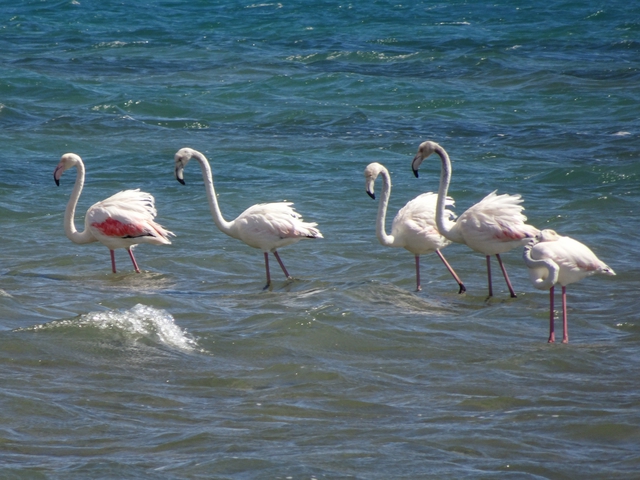
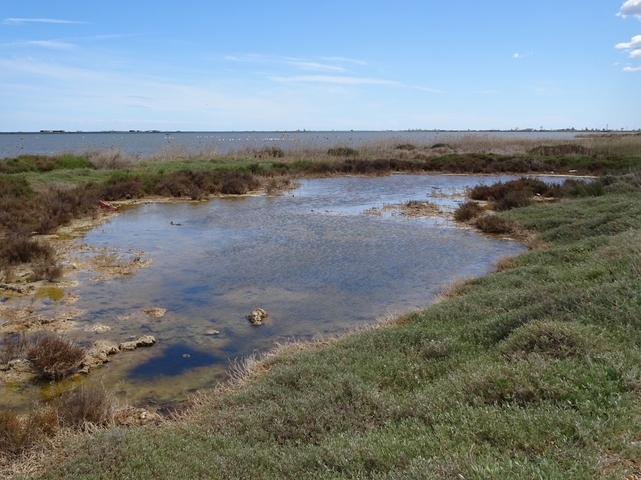
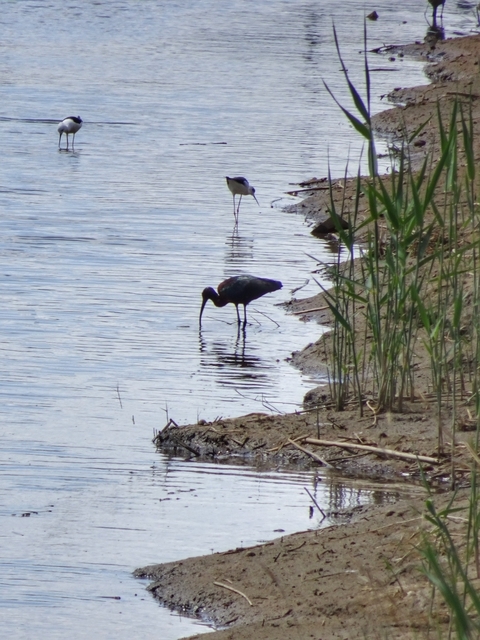
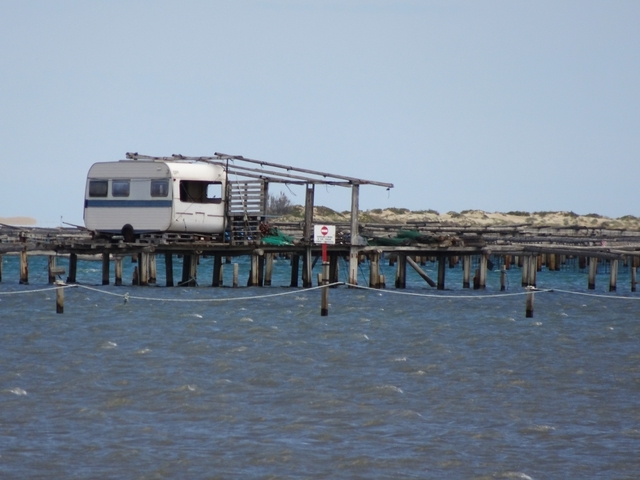
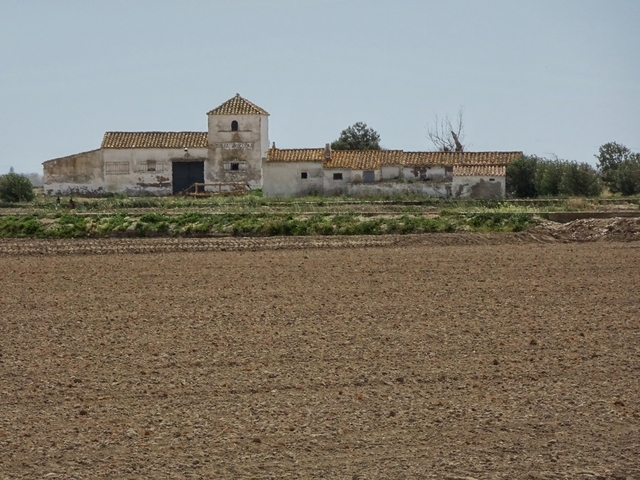
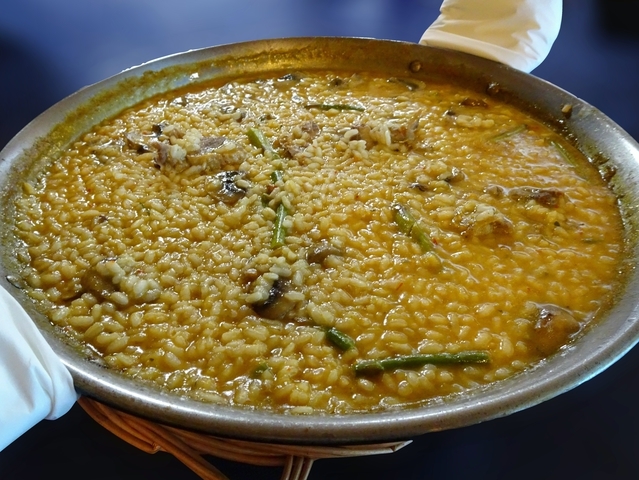
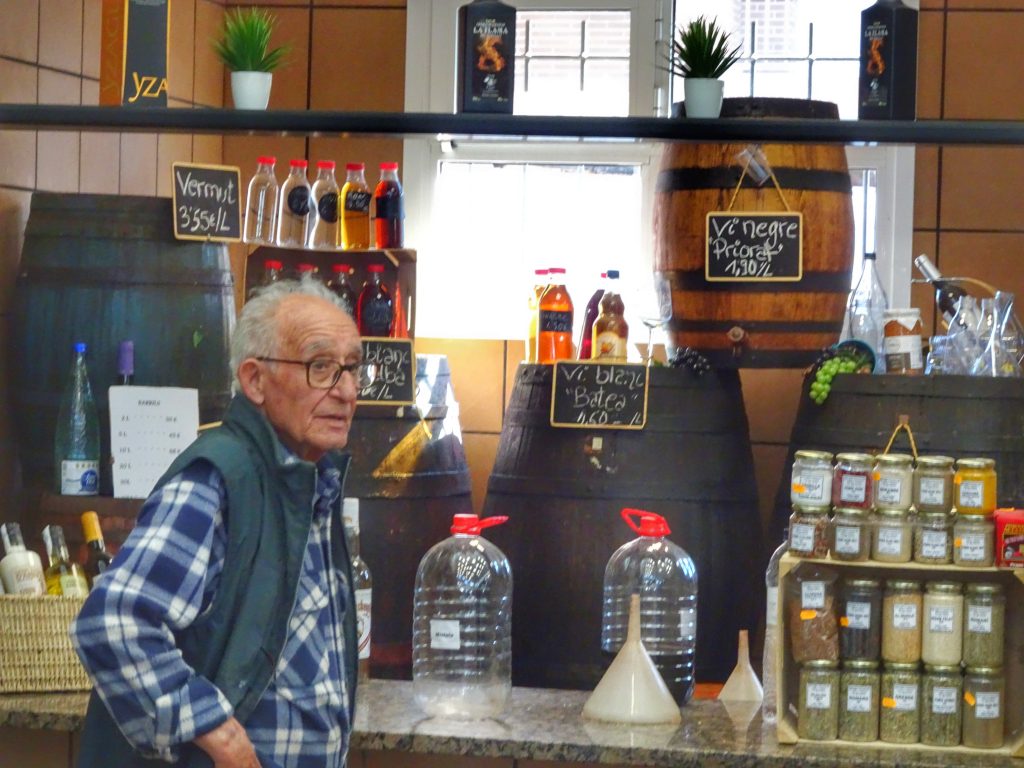
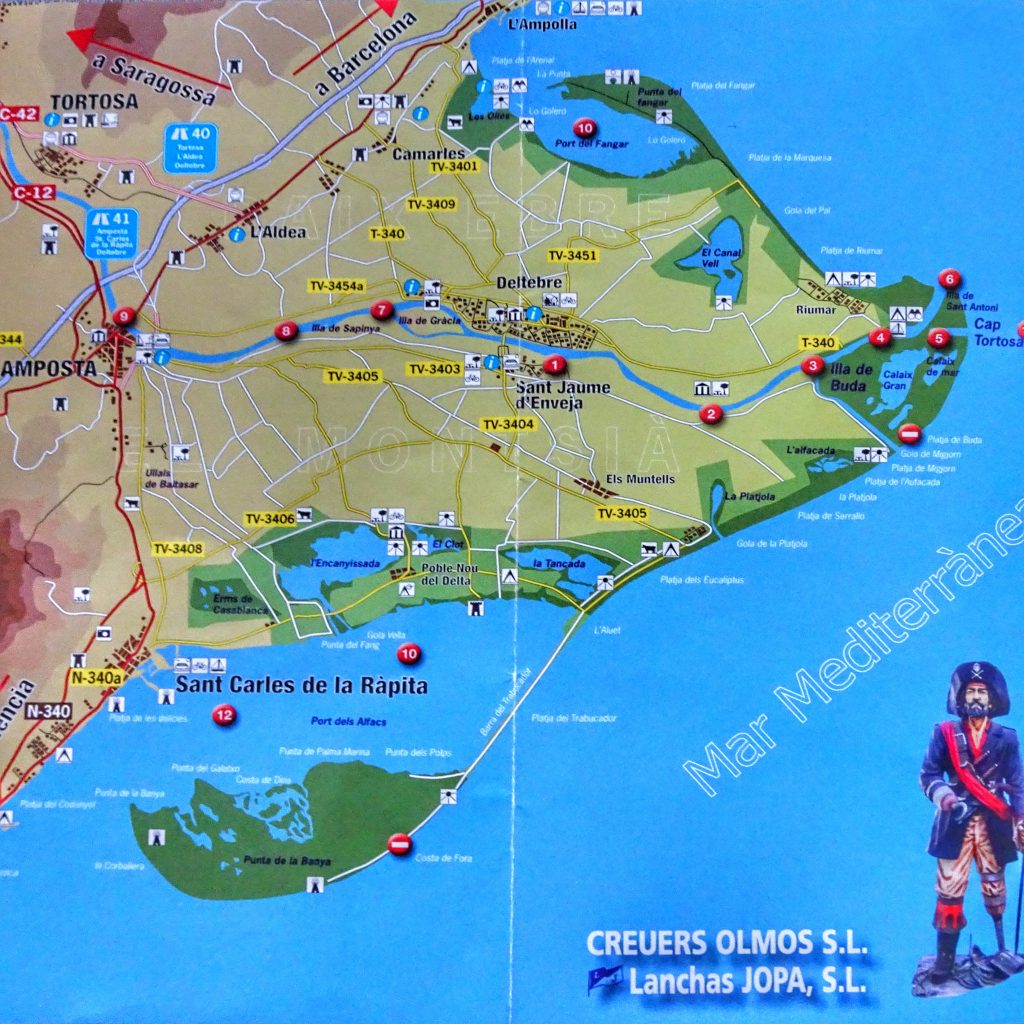
We had allowed two days in Deltebre for bike riding and kayaking but the wind was too strong for either so instead we took a 90 minute boat cruise out to the mouth of the Ebro. Click here for the boat company (it’s in Spanish but the pictures are nice).
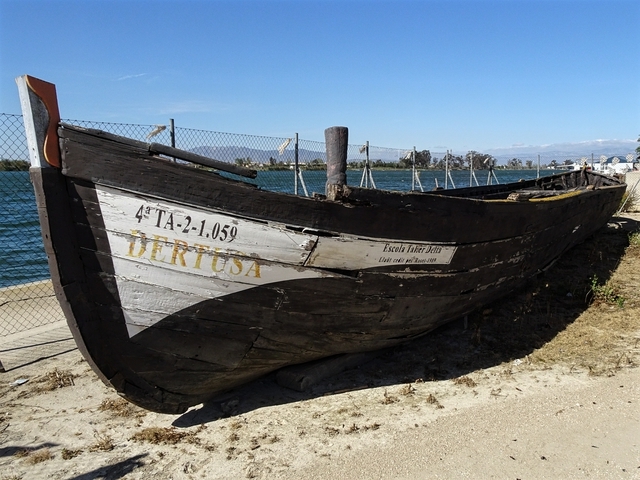
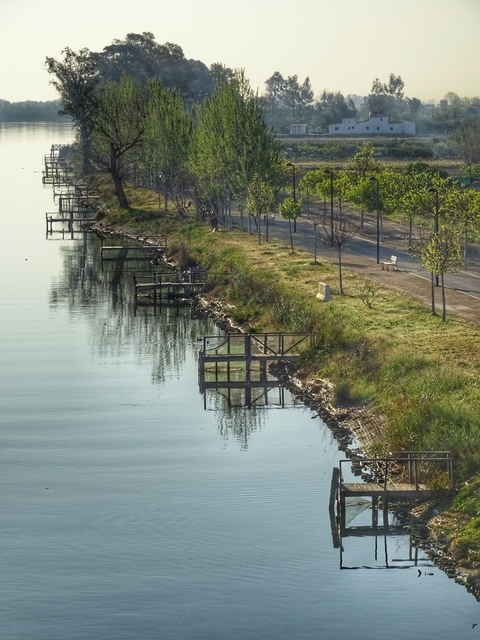
Poblenou Del Delta
13 April 2019
It’s 20 km from Deltebre to Poblenou Del Delta via the Natural Reserve of La Tancada; the first 10 km on a road between dry ploughed rice fields. Today the wind had died away allowing for some nice reflections of the birds in the lagoon.
The small town has a few dozen white-washed houses, every second one seemingly a restaurant offering Delta gastronomy for the hundreds of visitors to the Natural Reserve. We went for the wood fired paella at Lo Pati D’Agustí.
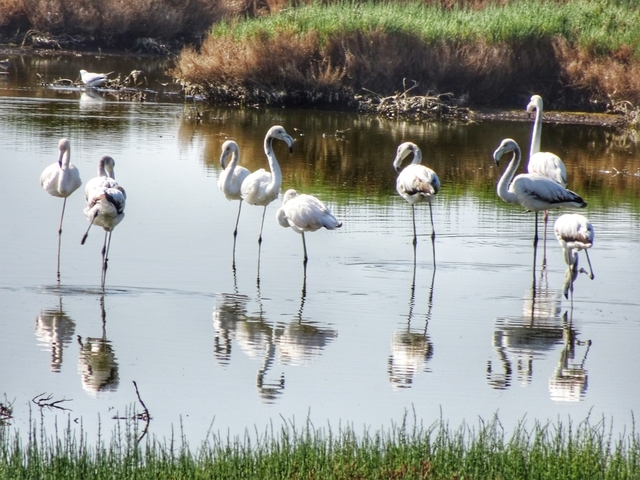
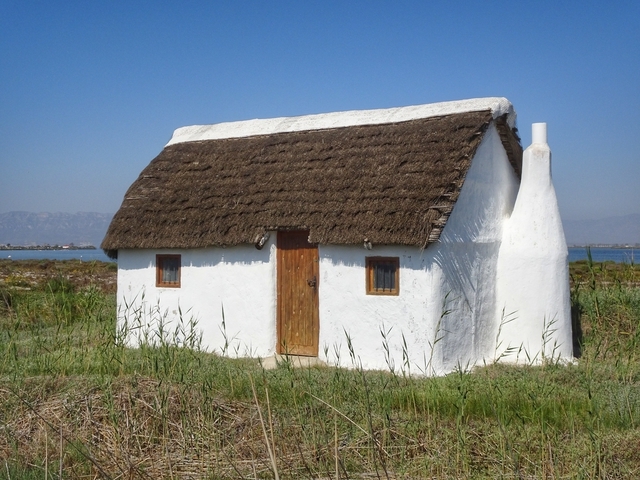
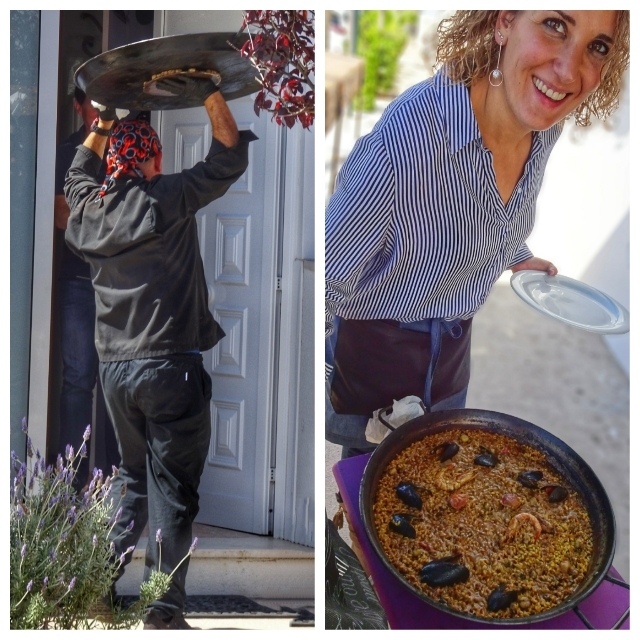
Sant Carles de la Ràpita
14 April 2019
We left Poblenou early, at 8 am, for the 14.5 km 3½ hours walk to Sant Carles de la Ràpita. It’s calmer, less people and more birds then.
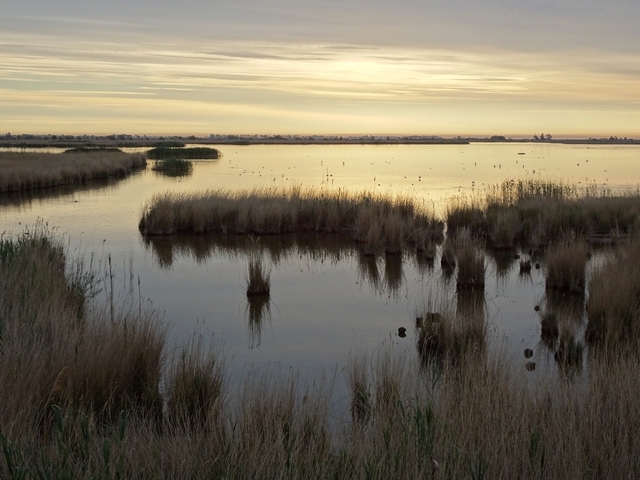
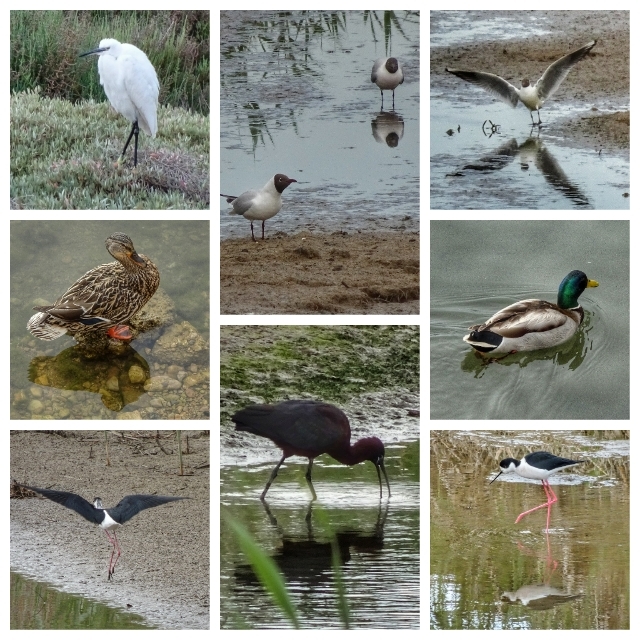
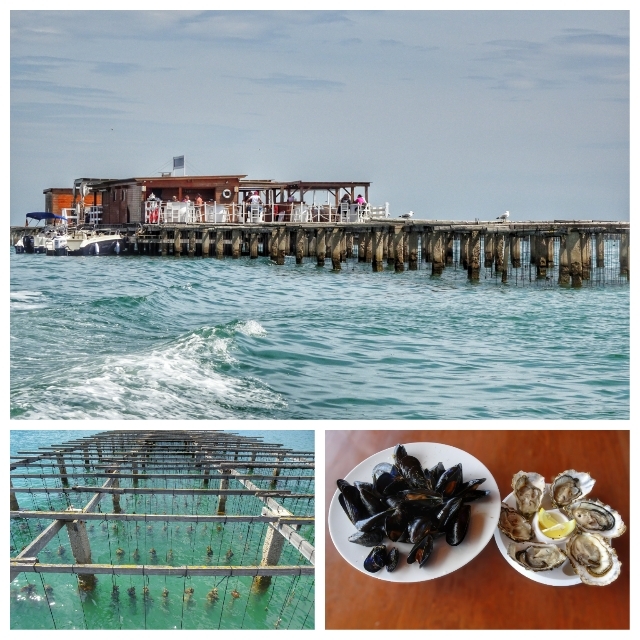
Muscles and oysters are grown in the sea beneath the restaurant; can’t get any fresher than that!
Amposta
15 April 2019
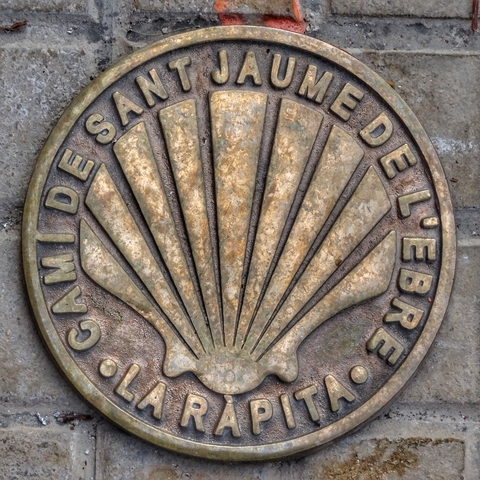
The Camino from Sant Carles is 13.3 km (3 hours 10 minutes) to Amposta with a diversion to Els Ullals (Eyes) de Baltasar.
The route follows the canal built in 1778 by King Carlos III to link Amposta to the coast avoiding the dangerous mouth of the Ebro and facilitating trade with the Americas. The canal is now used to irrigate the rice crops.
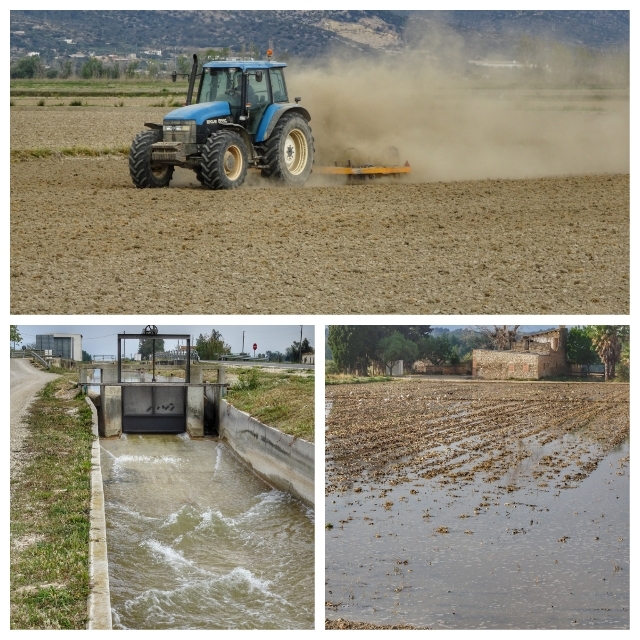
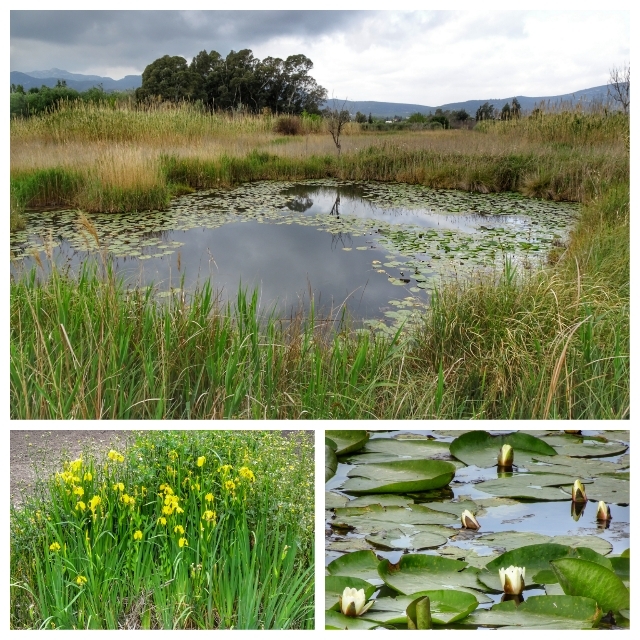
Underground rivers emerge here to form unique circular “eyes” | Yellow Flag Iris | European White Water Lilly
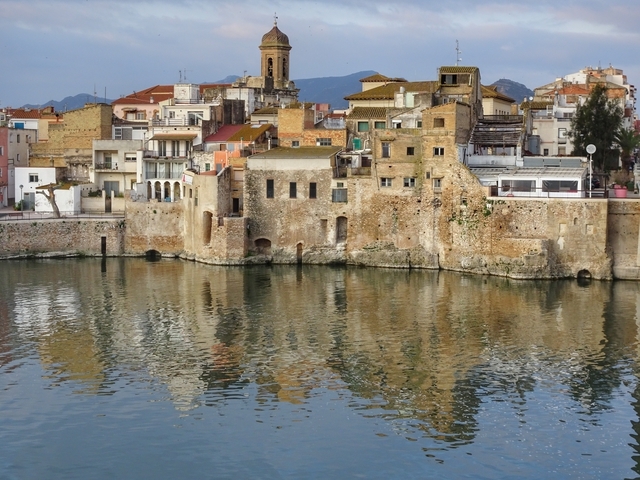
Tortosa
16 & 17 April 2019
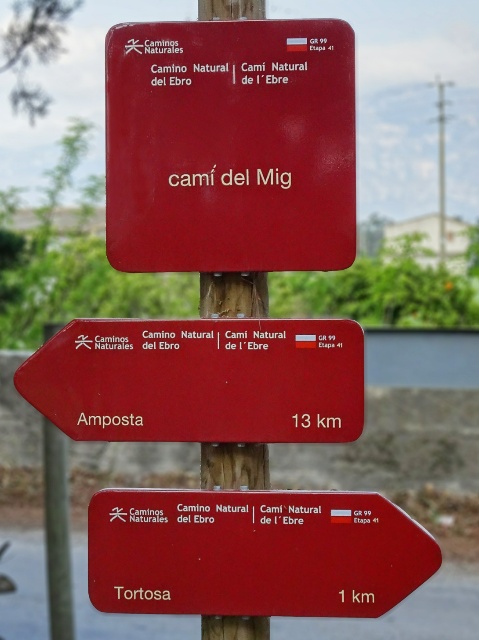
From Amposta we decided to follow the Camí Natural de l’Ebre (GR99) rather than the Camino to Tortosa. At 14.7 km (3 hours 20 minutes) it’s a few k shorter than the Camino and follows the Ebro more closely.
Tortosa has a 2000 + year history – founded by the Romans, 400 years of Muslim rule, then Crusaders and recent heavy bombing during the Civil War. It used to be on the coast but after 2,000 years, it is now about 30 kilometers inland because of silting at the mouth of the river.
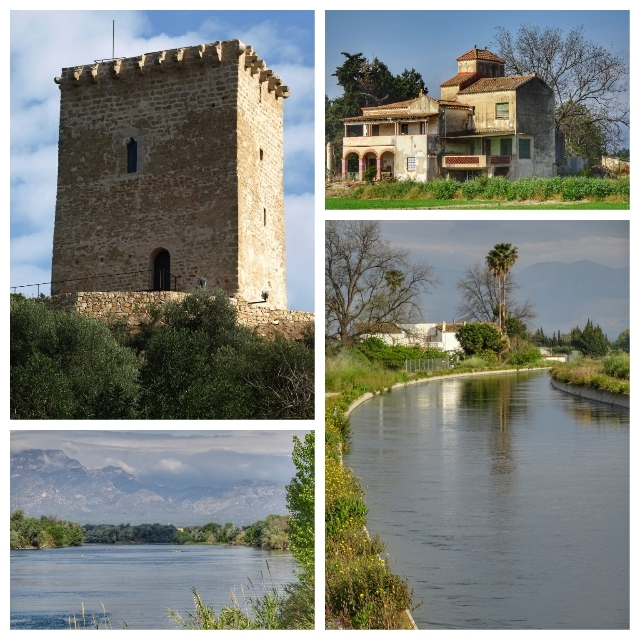
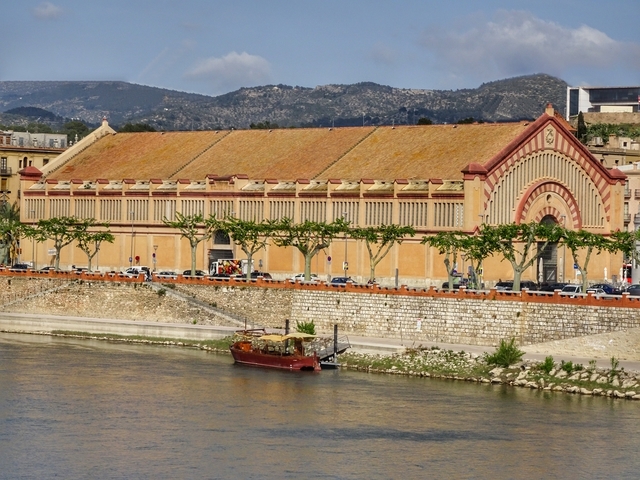
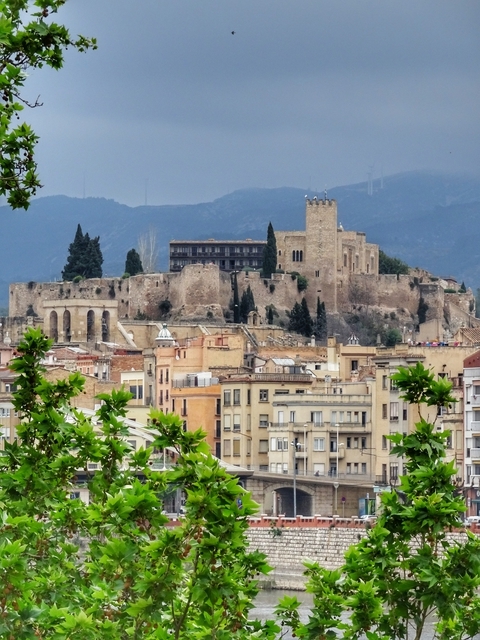
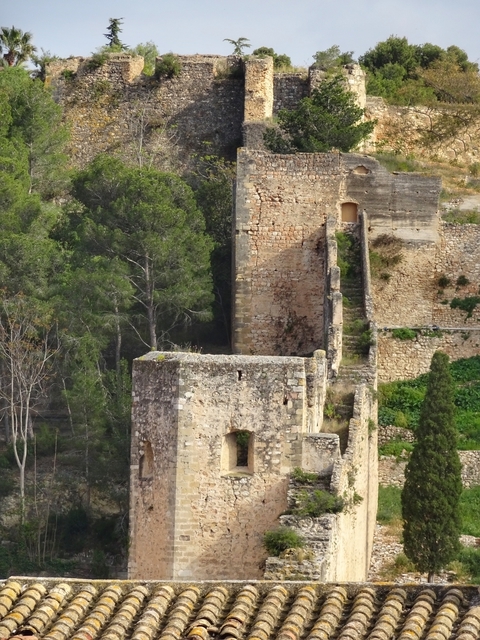
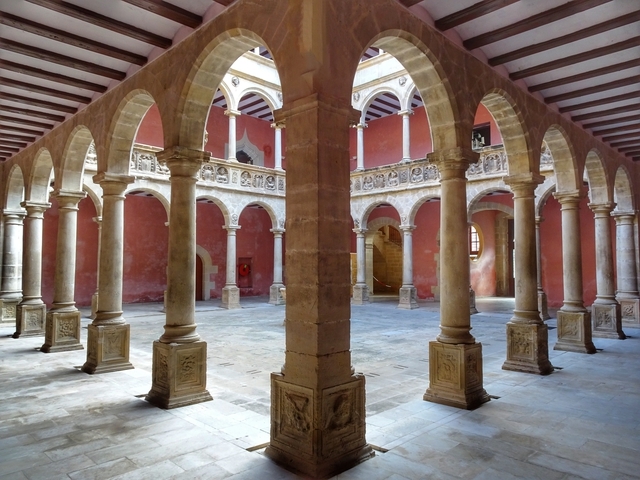
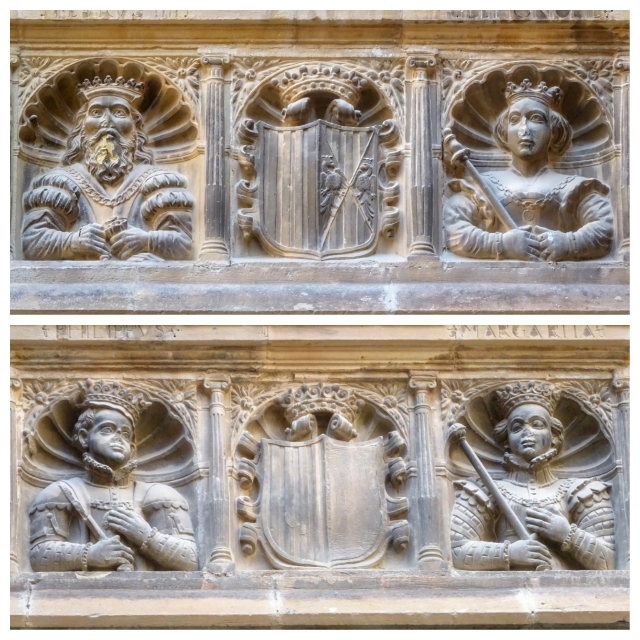
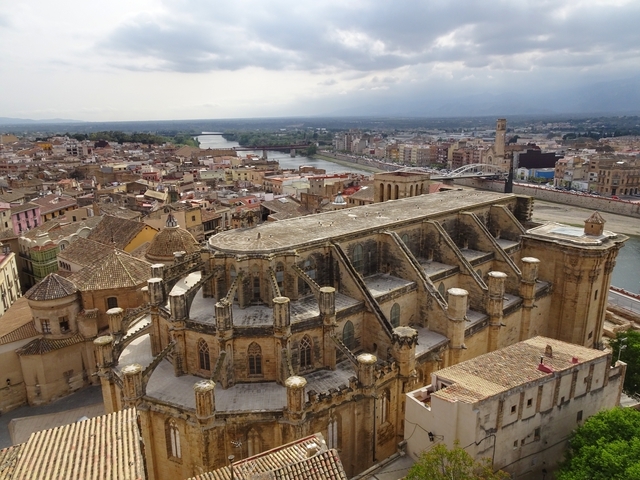
Built on the remains of a Roman temple, a mosque and a 12th century Romanesque church
Xerta
17 April 2019
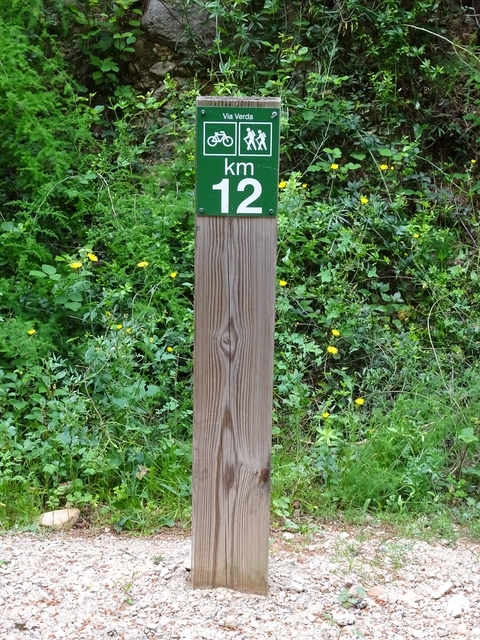
From Xerta to Tortosa along the Via Verda (literally Green Way, meaning Rail Trail) is 15 km. The train ran for 30 years but stopped in 1973 and the track was converted to a hiking path. We took a bus there and walked back, 3 hours 20 minutes. It’s an easy off road and mostly flat path popular with bike riders.
